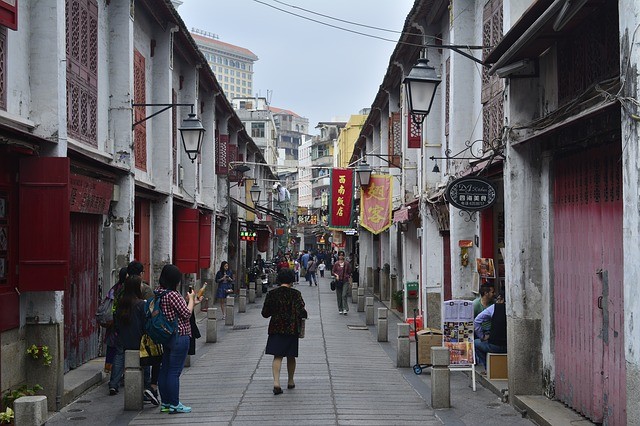Places you must visit in Macau (that are not casinos)
Macau has long been criticised as being the Las Vegas of the East, tacky and more than a little seedy. However, its proximity to Hong Kong means that it should not be discarded as a day trip or mini break option. Let’s take a closer look at what there is to do in the Eastern City of Sin.
Senado Square
Aside from the glitz of casinos, Senado Square is where both locals and tourists gather. This is where many argue the more genuine side of Macau lies. The shops are geared to tourists, but try to retain some of the island’s culture. There are also countless places to try street food, and the cafes that have stood in the same site for many years are the perfect place to start the day. After having breakfast here, you can walk off the haze of the morning by shopping or merely people watching. The streets around Senado Square are a little crowded at times, and often confusingly maze-like, but it is worth making the time to get a little lost.
The Ruins of St. Paul
Right in Senado Square is Macau’s most famous historical site. The stairs leading up from the square are full of tourists and but provide quite a unique view. It might be a little frustrating to dodge the tourists, but try to take it in your stride and enjoy a slice of local history. Mount Fortress can also be accessed easily from here if you want to learn a little more about Macau’s past. The battlements have lots of military artefacts and offers a bird’s eye view over the centre of the city. It is quite easy to forget the colonial past of Macau when confronted with modern casinos and a pulsing nightlife, but it is there and it can be enlightening.
A-Ma Temple
A glimpse into the distant past of Macau comes in the form of the A-Ma temple. This is the oldest Tao temple on the island of Macau and honours Matzu, the Patron Saint of Fishermen and Sailors. The temple itself is quite secluded but easy to find, and the tranquility of the interior may give you a few moments of respite from the hustle and bustle of the streets. The real draw of the temple is that it shows another side to Macau’s cultural heritage, one that does not stem from colonialism or modernism, but rather something more ancient.
Casa Do Mandarim
This is a museum dedicated to the history of Macau and used to be owned by a Qing scholar. The house is beautifully preserved and walking through its doors is like walking back in time. The house is part of the UNESCO World Heritage Site which encompasses the historical centre of Macau, and interestingly it is the perfect mix between East and West. The building itself looks like it could exist in either socio-geographical area and fit right in. The museum itself is free and you can easily chart the history of Macau from its beginnings to the modern day. Interestingly, the house has not been renovated, which means many of the original features are still in use, including the furniture.




